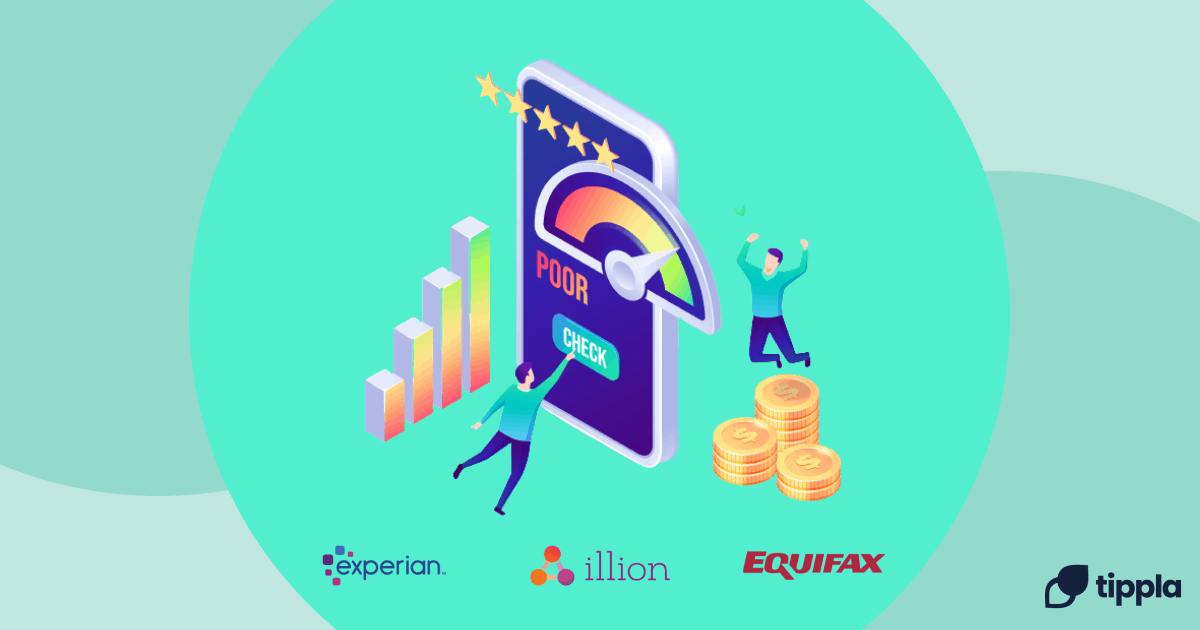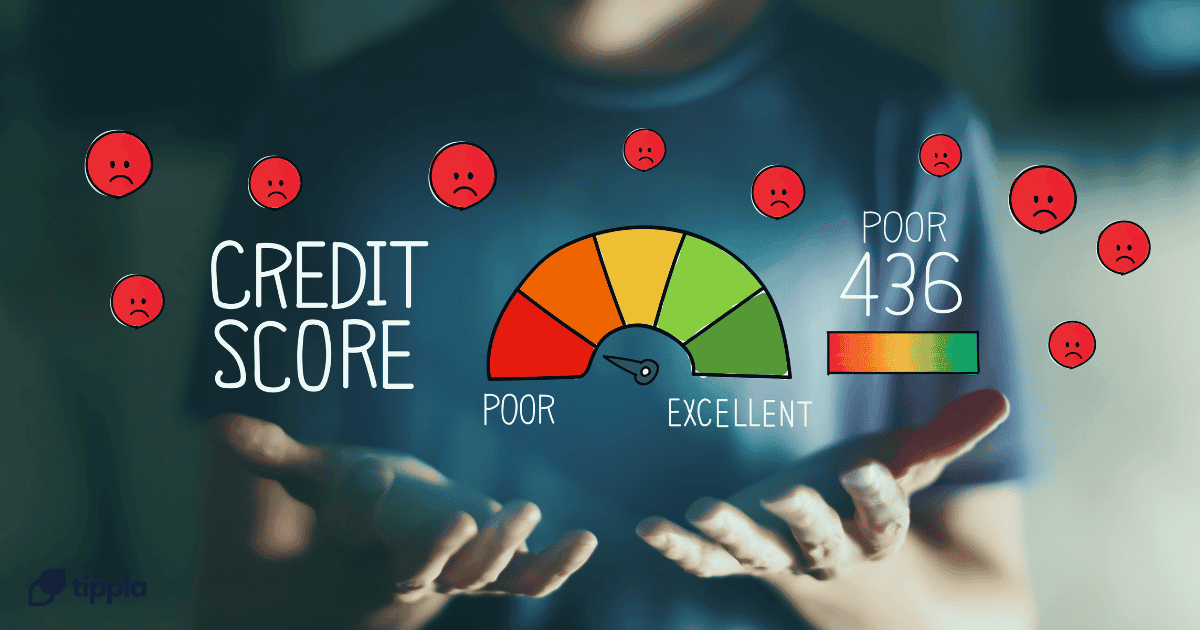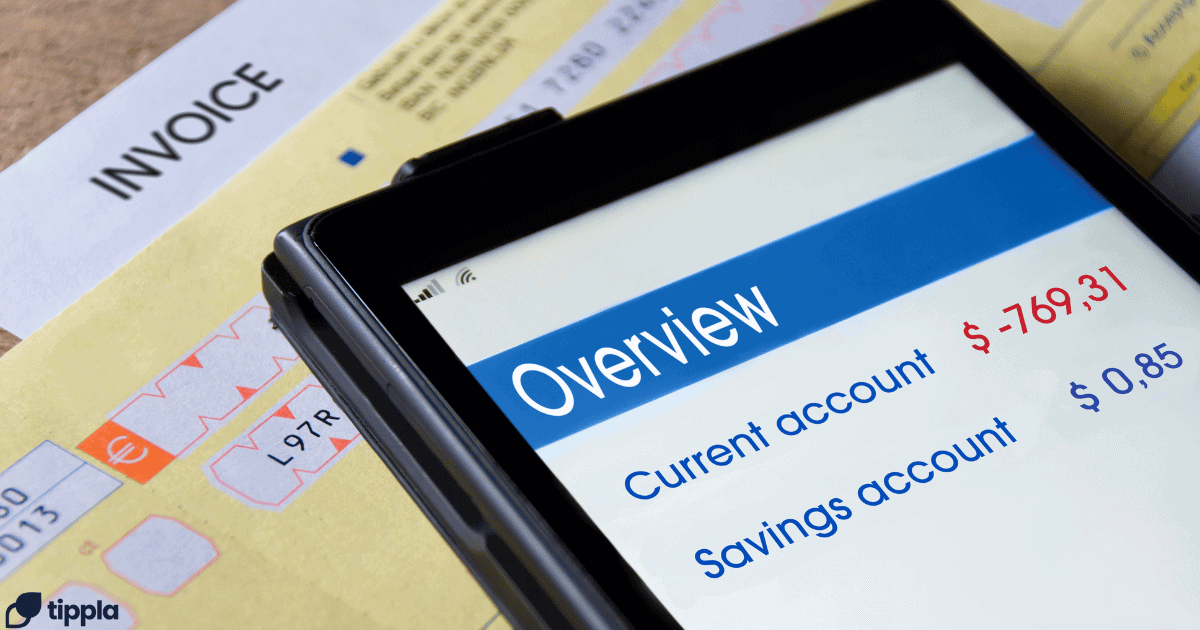Published in May 23, 2025
Understand Lease Obligations Like a Financial Pro

Leasing isn’t just about finding space or securing equipment — it’s also a key part of your financial reporting. For businesses of all sizes, understanding lease obligations is critical not only for accurate books but also for making smarter long-term decisions.
And since the implementation of new lease accounting standards, it’s become even more important to grasp how leases impact your balance sheet. According to Deloitte, over 90% of companies reported that the new leasing standards (like ASC 842) significantly affected their financial statements, especially in how assets and liabilities were presented.
So if you want to understand your lease obligations like a financial pro, it starts with knowing the terminology, structure, and long-term impact of your lease agreements.
What Exactly Is a Lease Obligation?
At its core, a lease obligation is a company’s responsibility to make regular payments over time for the right to use an asset — whether that’s office space, vehicles, or heavy equipment. But in financial terms, that obligation becomes much more than just a monthly check.
Under ASC 842 (the new lease accounting standard in the U.S.), businesses must now recognise most leases on the balance sheet, including:
- A lease liability, representing the present value of future lease payments
- A right of use asset, which reflects your right to use the leased asset over time
This change means even operating leases — which used to live only in footnotes — now show up in your primary financial statements.
How Lease Terms Impact Your Financial Health
Understanding lease obligations isn’t just an accounting exercise — it affects your debt ratios, cash flow visibility, and decision-making across the board.
Key factors to evaluate include:
- Lease duration – Longer terms create higher liabilities
- Renewal options – Could extend the financial impact beyond the initial agreement
- Payment structure – Fixed vs. variable payments impact predictability
- Discount rate – Affects how liabilities and assets are valued in present-day dollars
- Embedded leases – Contracts that include the right to use an asset but aren’t labeled “leases” may still qualify
If you’re not careful, your lease portfolio can quietly balloon into a major liability without you realising it — especially if you’re managing multiple agreements across locations or business units.
Tools and Systems That Help
Trying to manage lease obligations manually — with spreadsheets or old-school filing cabinets — is a recipe for missed deadlines, reporting errors, or worse. As businesses grow, the complexity of lease accounting demands smarter tools.
Look for systems that offer:
- Centralised storage for all lease agreements
- Automatic calculation of lease liabilities and right of use assets
- Alerts for renewal or renegotiation dates
- Integration with your accounting software
- Compliance features for ASC 842, IFRS 16, and GASB 87
Lease accounting software helps ensure accuracy and audit readiness, while also giving you better visibility into your total lease exposure.
Tips for Managing Lease Obligations Like a Pro
Financial pros don’t just track leases — they manage them strategically. That means viewing leases not as a sunk cost, but as an opportunity to optimise performance.
Best practices include:
- Reviewing all leases annually to identify renegotiation or consolidation opportunities
- Forecasting lease-related cash flow alongside other expenses
- Using consistent discount rates across leases for comparability
- Coordinating with legal and operations teams to ensure business decisions align with lease terms
- Ensuring proper classification of leases for GAAP and tax purposes
These steps help you manage risk, improve compliance, and ensure your lease strategy supports your business goals.
Final Thought
Understanding lease obligations isn’t just for CFOs and accountants anymore. With modern accounting standards like ASC 842, anyone involved in business operations needs a basic grasp of how leases affect financial performance.
By learning how to account for and manage your right of use asset, liabilities, and lease terms, you’ll be better equipped to make strategic choices — from negotiating space to expanding your fleet.
Because when you treat your leases like the long-term commitments they are, you’ll avoid surprises — and unlock smarter financial control.
While we at Tippla will always do our best to provide you with the information you need to financially thrive, it’s important to note that we’re not debt counsellors, nor do we provide financial advice. Be sure to speak to your financial services professional before making any decisions.
Related articles


Do Investments affect your credit score?
22/01/2025
Whether in property, the stock market, cryptocurrency, or a...

Navigating Credit Enquiries During Financial Hardships
15/07/2025
Credit enquiries, or credit checks, occur when a financial...

Understanding and Managing Overdraft Protection
21/05/2024
What is Overdraft Protection? In banking, an overdraft occurs...
Subscribe to our newsletter
Stay up to date with Tippla's financial blog